The Independent's journalism is supported by our readers. When you purchase through links on our site, we may earn commission.
Mexico meets the Med: Tijuana's blossoming gourmet scene
Once notorious for crime and raucous partygoers, this sprawling city nudging the US border is making a name for itself as a hotspot of Baja Med fusion cuisine and craft breweries

Your support helps us to tell the story
From reproductive rights to climate change to Big Tech, The Independent is on the ground when the story is developing. Whether it's investigating the financials of Elon Musk's pro-Trump PAC or producing our latest documentary, 'The A Word', which shines a light on the American women fighting for reproductive rights, we know how important it is to parse out the facts from the messaging.
At such a critical moment in US history, we need reporters on the ground. Your donation allows us to keep sending journalists to speak to both sides of the story.
The Independent is trusted by Americans across the entire political spectrum. And unlike many other quality news outlets, we choose not to lock Americans out of our reporting and analysis with paywalls. We believe quality journalism should be available to everyone, paid for by those who can afford it.
Your support makes all the difference.The walls at La Querencia are a menagerie of mounted hunting trophies: deer, ducks, geese, wild boar. Some, if not all, were probably shot by the restaurant’s chef and owner, Miguel Angel Guerrero, a keen hunter and fisherman. But the most impressive specimens at this popular establishment in Tijuana’s Zona Río neighbourhood are on the plate.
There’s seared tuna tostada with a nine-chilli confiture. There’s a taco loaded with lampredotto, the Italian peasant dish made of cows’ stomach. There’s shrimp stuffed with marlin machaca, wrapped in bacon and served with risotto and Romesco sauce. Mexican dishes with Mediterranean flavours, or vice versa, are Guerrero’s signature, as the man who gave this fusion cuisine its name: “Baja Med”.
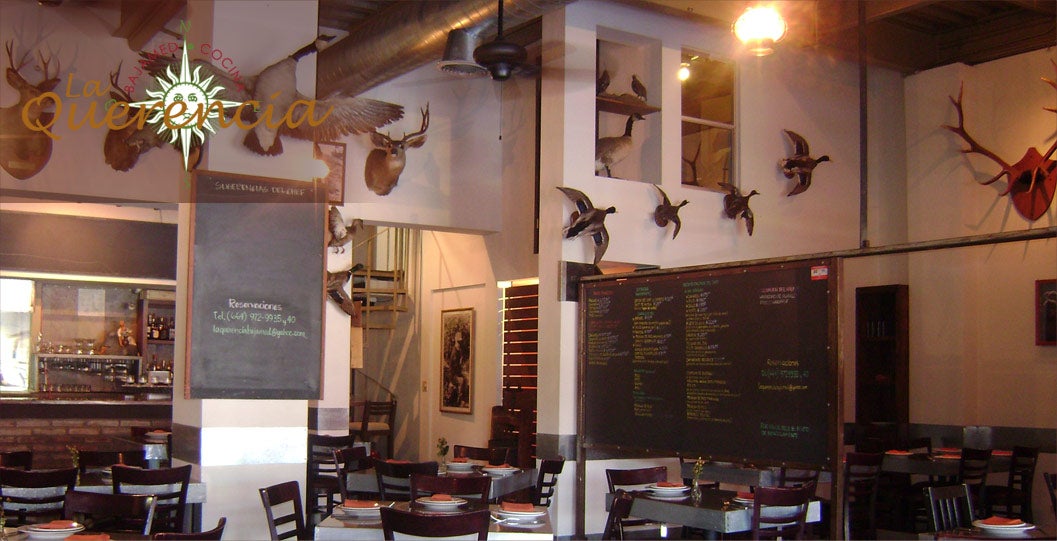
Some 70 per cent of the ingredients at La Querencia are sourced from less than 200 miles away, including the cheese, the olive oil and the wine. Baja California’s climate resembles that of Mediterranean Europe, so perhaps it ought not to come as a surprise that the state’s Guadelupe Valley is also Mexico’s wine country, albeit little known beyond Mexico.
Over the course of Tijuana’s brief history, the US view of the border city has shifted several times. During the Prohibition years, it was a playground of vice for mobsters and movie stars. Then it was a Spring Break getaway for gringos too young to drink at home. A decade ago, visitors were mostly scared away by the brutal violence of the local drug cartels. Those who still came mostly did so for the cut-price medical care and discount prescription drugs.
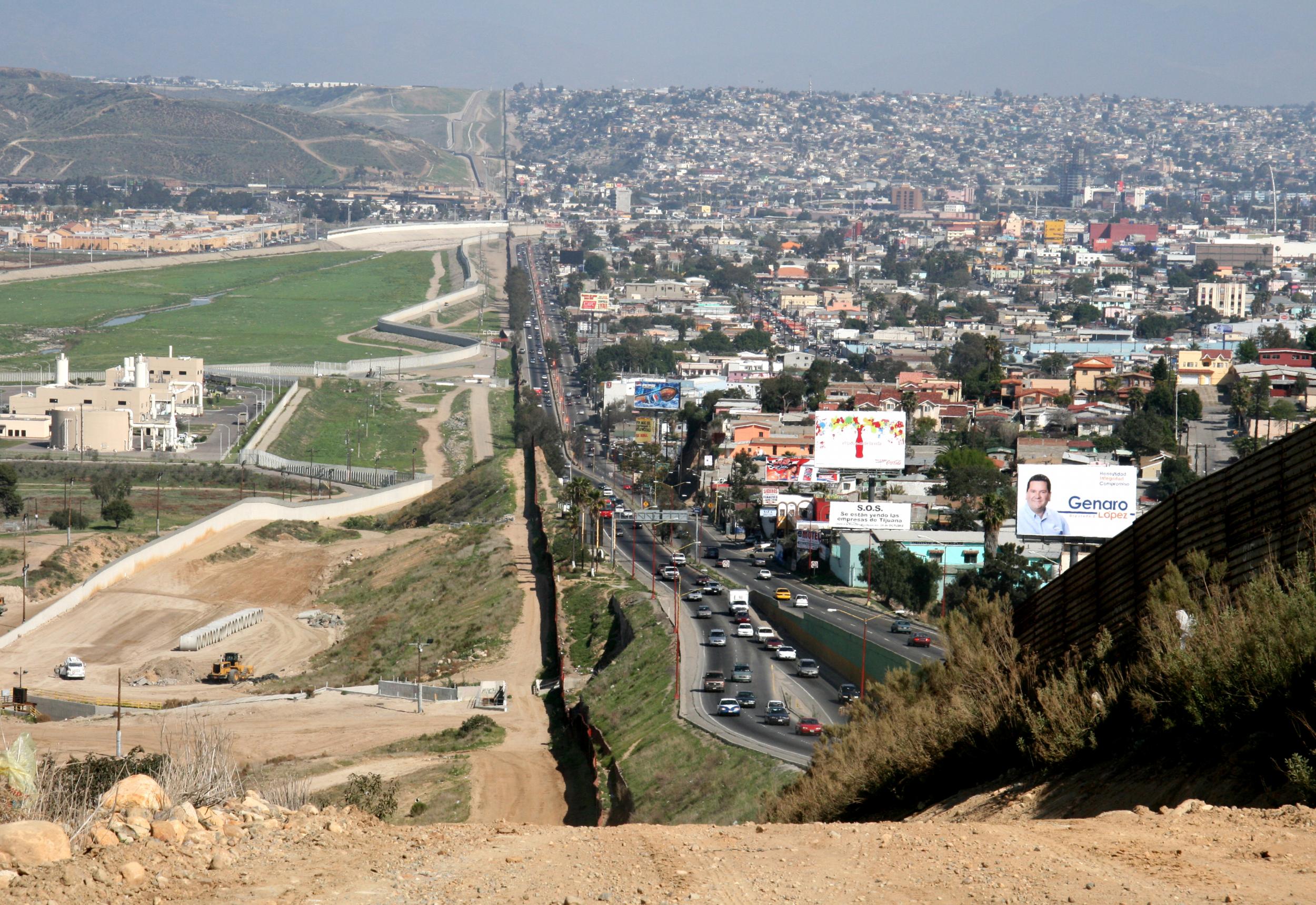
Recently, with the violence largely dispelled, “TJ” has undergone another rebranding, as a culinary destination for those willing to look beneath its rough-and-ready exterior for gourmet gems. Baja California, birthplace of the fish taco and the Caesar Salad, has a thriving restaurant scene thanks to chefs such as Guerrero, who founded La Querencia, his first, in 2001.
“If you make it past its notoriously seedy membrane,” Los Angeles food critic and taco connoisseur Bill Esparza has written, “this border town has a street-food culture that ranks among the best in Mexico and some of the best fine dining in North America.”
The heaving Mexican metropolis may be a mere 15 minutes from the orderly California calm of downtown San Diego, but newcomers benefit from having a guide to navigate the transition. Marco Kelly, whose company Baja Escapade offers cross-border cultural and culinary tours to TJ and beyond, grew up in Baja but moved to San Diego with his family during the bad years.
This year, he’s moving back. “Some people who live in San Diego seem to have no idea how close they are to Mexico,” he says. “Tijuana was forgotten for many years, but now people are thinking, ‘Wait a minute, this isn’t just the city that’s next-door to San Diego, it’s also a door to Latin America.’ It’s not just where Mexico starts, it’s where the whole of Latin America starts.”
And today it is the city’s food and drink that is luring many tourists to TJ. “The food scene in Tijuana is way more innovative than in San Diego,” Kelly says. “Ten years ago this was a hotspot [of cartel violence]. We would socialise at people’s homes instead of going out. But now the streets at night are filled with people. Every week or two there’s a cool new bar or restaurant.”
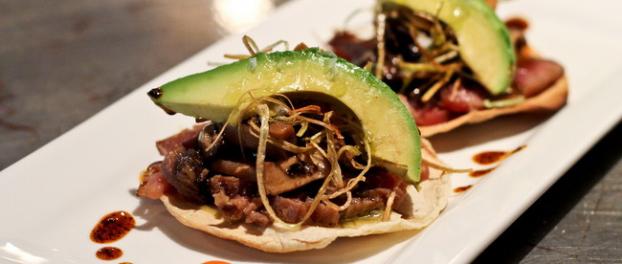
Baja Med arguably has its historical origins in the Tijuana home of restaurateur Juan Plascencia, who started his first pizza business, Giuseppi’s, in his garage in 1969, and went on to build a local food empire. These days, his son, chef Javier Plascenscia, is perhaps the leading proponent of Baja cuisine, and recently added to a collection of Baja restaurants, which includes Tijuana’s acclaimed Misión 19, by opening Bracero, a Baja Med outpost in San Diego.
Given that they’re both halves of the same urban sprawl, it’s natural that their food and drink culture is symbiotic. San Diego is known as the craft beer capital of the US, and Tijuana is aiming for the same status south of the border. Plaza Fiesta, an open-air mall in Zona Río, is a warren of more than a dozen microbreweries and tasting rooms.
In the late 1980s, the plaza was the site of one of the earliest public cartel shootings in Tijuana, but today it is a bustling night-life hub, with craft beer bars bearing names such as Insurgente, Donkey Punch and Border Psycho. The plaza is anchored by Sótano Suizo, a Swiss-themed gastropub that has survived for almost 30 years.
In 2013, it also became the first brew-pub in Tijuana, when founder-owner Rene Bosiger’s son Demian began making beer in the back room. “Sótano Suizo is a landmark,” says Demian Bosiger. “It has been around for five [Mexican] presidents, six World Cups and four devaluations of the peso!”
Bosiger brews four house beers that so far are available to drink on-site only, but he plans to start bottling and distribution soon. “The craft-beer movement came to San Diego about 10 years ago,” he says. “The first Tijuana brewers like me started drinking up there and saying, ‘I want to start doing this back home’. There was nobody doing it in Mexico, let alone Tijuana.”
The heart of tourist Tijuana is still Avenida Revolución. The crowd on the city’s neon-drenched main drag now consists more of local hipsters than gringo Spring Breakers. They congregate at bars such as La Mezcalera, which serves a selection of mezcals – the Mexican spirit distilled from the agave plant – and chapulines, a snack of salted grasshoppers.
Just across Calle Sexta from La Mezcalera is El Dandy Del Sur, a dive bar that opened in 1957 and has since become a Tijuana landmark, its dark wood walls filled with framed photos of its famous patrons. Among them are Oscar-winning filmmaker Alejandro González Iñárritu, actor Gael Garcia Bernal, and Manu Chao, the singer-songwriter responsible for the city’s unofficial anthem, “Welcome to Tijuana”. [“Welcome to Tijuana! / Sex y marijuana.”]
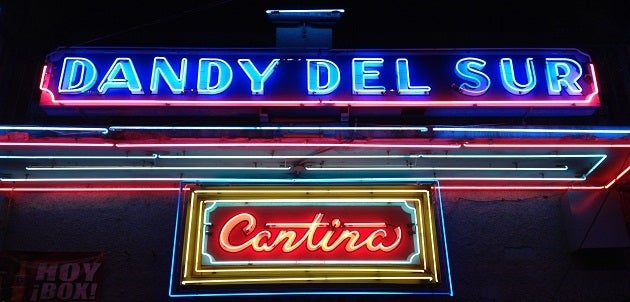
A stone’s throw away on Revolución itself is an establishment with an even more storied history. Another Mediterranean-sounding dish that in fact comes from Baja was invented by Caesar Cardini at his eponymous restaurant in 1924. Cardini ran a joint in San Diego until the beginning of Prohibition in 1920, after which he relocated to Tijuana to open Caesar’s, supposedly of the belief that a dinner without drinks was no dinner at all.
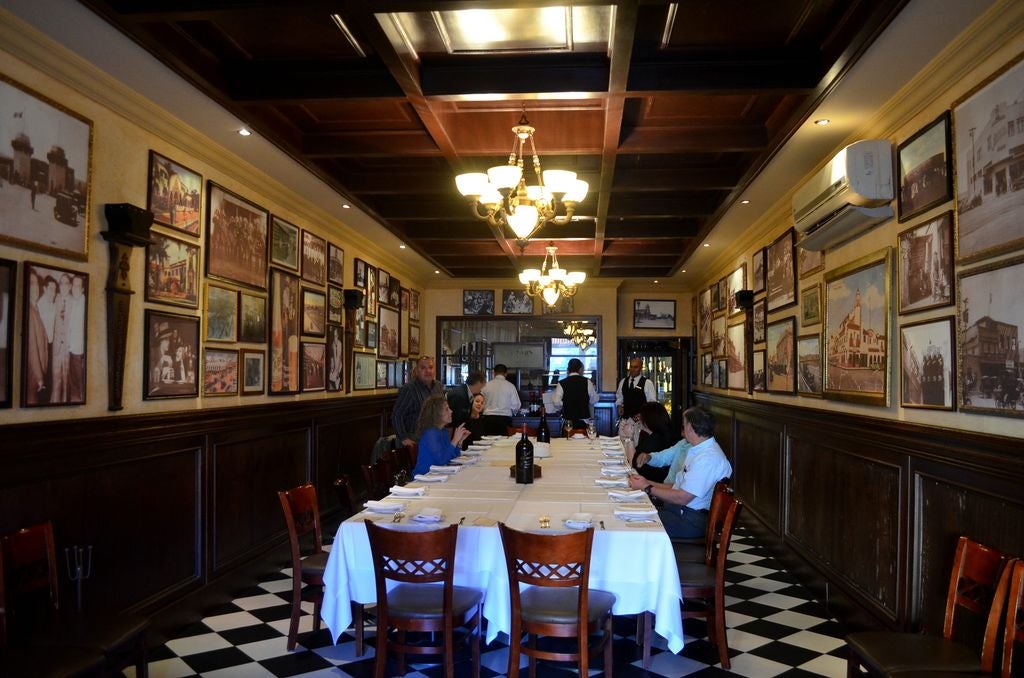
His patrons, including an enthusiastic Hollywood crowd, agreed. Legend states that one night, with the kitchen cleaned out after a public holiday, Cardini was left with just a few ingredients. He threw together romaine lettuce, olive oil, garlic, anchovy paste, mustard, pepper, egg, lime juice, Worcestershire sauce, Romano cheese and croutons. Hey presto: the Caesar Salad was created.
In 2010, Javier Plascenscia’s brother Juan bought and re-opened Caesar’s, restoring it to its former French bistro glory. The brothers’ grandfather had once worked there as a barman. Today, San Diegans can (and do) cross the border for a three-course meal that would cost three times the price at home. The waiters still toss your salad at the table.
Travel essentials
Getting there
Tijuana can be accessed from San Diego, served direct from Heathrow by British Airways (0344 493 0787; ba.com) or airlines such as KLM (0871 231 0000; klm.com) from a range of airports via Amsterdam. Alternatively, Aeromexico (020-7801 6234; aeromexico.com) flies from Heathrow via Mexico City.
Tim Walker travelled to Tijuana with Baja Escapade (bajaescapade.com).
More information
Join our commenting forum
Join thought-provoking conversations, follow other Independent readers and see their replies
Comments